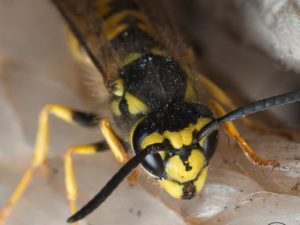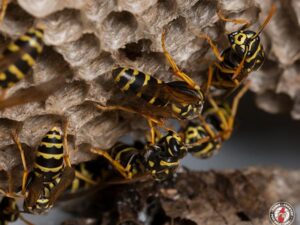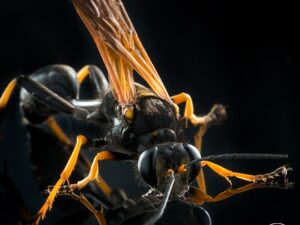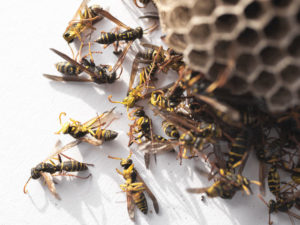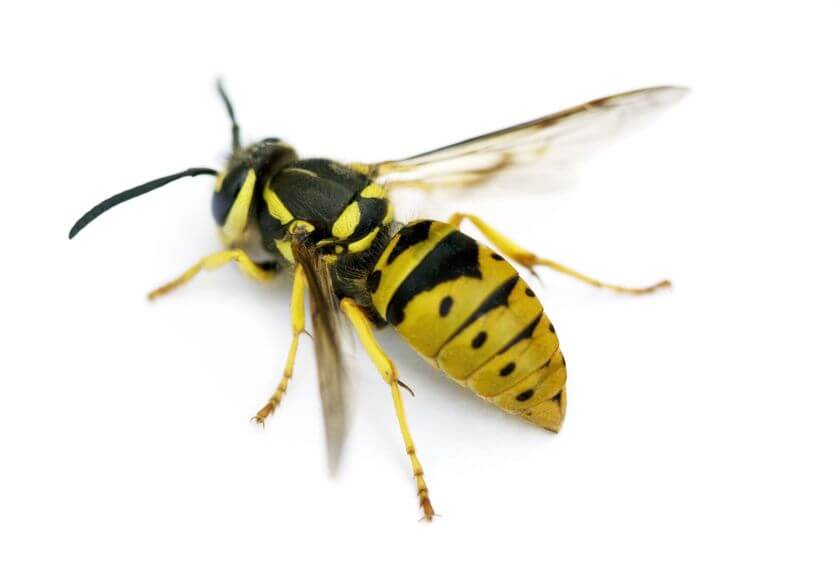
As the weather warms up and summer approaches, many of us look forward to spending time outdoors, enjoying picnics, hikes, and other recreational activities. However, this time of year also brings an increased presence of stinging insects like bees, wasps, and hornets. These creatures, while beneficial to the environment, can cause painful stings and sometimes even severe allergic reactions. To ensure a safe and enjoyable summer, it’s important to be aware of ways to avoid encounters with stinging insects. In this article, we will provide you with five valuable tips to help you stay protected and minimize the risk of getting stung.
1. Understanding the Behavior of Stinging Insects
To effectively avoid stinging insects, it’s crucial to understand their behavior and habits. By learning about their nesting preferences, feeding patterns, and flight habits, you can better anticipate their presence and take necessary precautions.
Stinging insects are typically attracted to sweet smells, bright colors, and certain foods. They become more active during the warmer months when flowers and other food sources are abundant. Understanding these factors will help you determine when and where you are most likely to encounter them.
2. Identifying Common Stinging Insects
To effectively avoid stinging insects, it’s important to be able to identify them accurately. By recognizing the physical characteristics and distinguishing features of common stinging insects, you can take appropriate action when you come across them.
Honey Bees
Honey bees are small, fuzzy insects with brownish-yellow and black stripes on their bodies. They are generally not aggressive unless provoked and are crucial for pollination.
Wasps
Wasps are slender, with smooth bodies and bright yellow or black coloration. They have a distinctive narrow waist and are known for their aggressive behavior, especially when their nests are threatened.
Hornets
Hornets are larger than wasps and have a black and white or black and yellow color pattern. They are known for their painful stings and aggressive nature when protecting their nests.
3. Creating a Stinging Insect-Free Zone in Your Yard
Enjoying your outdoor space without the constant worry of stinging insects is possible by taking preventive measures. Follow these tips to create a stinging insect-free zone in your yard:
- Remove Potential Nesting Sites: Regularly inspect your property for potential nesting sites such as tree hollows, holes in the ground, or empty containers. Remove or seal these areas to discourage stinging insects from establishing nests.
- Cover Trash Bins and Food Containers: Stinging insects are attracted to food sources. Ensure that trash bins and food containers are tightly sealed to prevent their access and keep your outdoor area less appealing to them.
- Keep Your Yard Clean and Tidy: Remove fallen fruits, standing water, and decaying organic matter from your yard. These can attract stinging insects, so maintaining a clean and tidy outdoor space will help minimize their presence.
4. Protective Clothing and Gear
When spending time outdoors, it’s essential to wear protective clothing and gear to reduce the risk of stings. Here are some items to consider:
- Light-Colored Clothing: Stinging insects are often attracted to dark colors, so opt for light-colored clothing. This reduces the chances of drawing their attention.
- Closed-Toe Shoes and Socks: Wear closed-toe shoes and socks to protect your feet from accidental encounters with stinging insects on the ground or in grassy areas.
- Long Sleeves and Pants: Cover your arms and legs with long sleeves and pants to provide an additional layer of protection against stings.
5. Reacting Appropriately to Stinging Insect Encounters
Despite our best efforts, we may still find ourselves in situations where we encounter stinging insects. Knowing how to react appropriately can make all the difference. Follow these guidelines:
- Remain Calm: If a stinging insect approaches you, try to remain calm and still. Sudden movements can provoke them and increase the risk of getting stung.
- Slowly Retreat: If a stinging insect gets too close for comfort, slowly and calmly retreat to a safe distance. Avoid swatting or making abrupt movements that may provoke an attack.
- Seek Shelter: If you are near a building or vehicle, seek shelter indoors to protect yourself from stinging insects. Wait for them to move away before resuming your outdoor activities.

